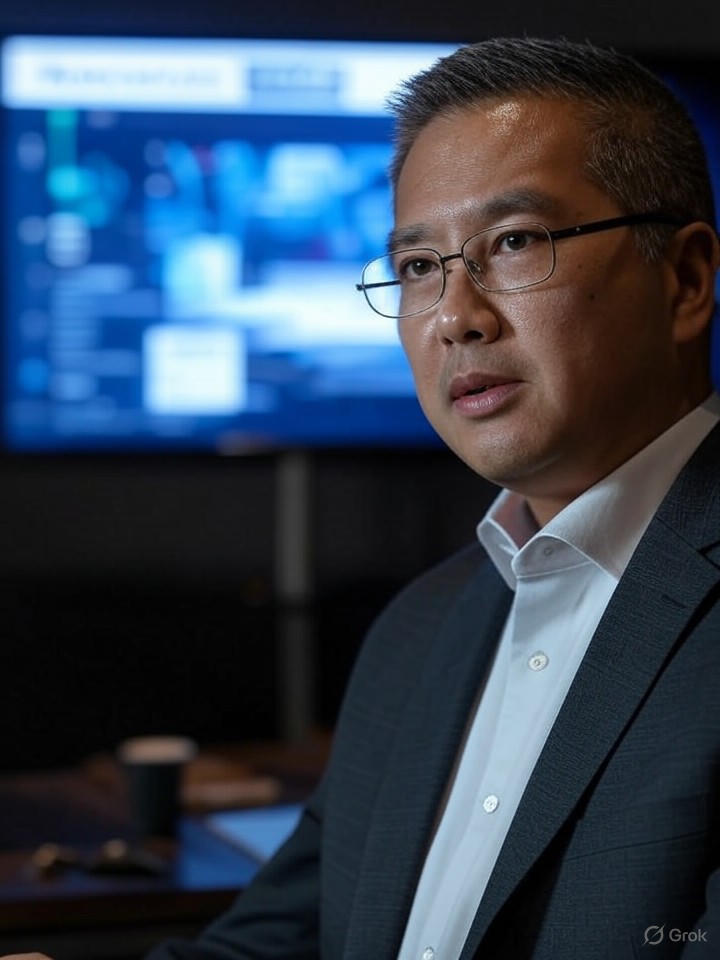At the Black Hat USA 2025 conference in Las Vegas, a pivotal shift in cybersecurity emerged, spotlighting agentic AI not as a futuristic gimmick but as a practical tool reshaping threat detection and response. Experts from across the industry gathered to discuss how these autonomous systems, capable of independent decision-making and action, are integrating with human expertise to fortify defenses against increasingly sophisticated attacks. Drawing from live sessions and announcements, it’s clear that agentic AI is moving beyond hype, offering tangible enhancements in areas like threat hunting and incident response.
One standout revelation came from discussions on how agentic AI augments security analysts rather than replacing them. By automating routine tasks such as data correlation and pattern recognition, these systems free up human operators to focus on high-level strategy and creative problem-solving. For instance, during a panel at the event, industry leaders emphasized that agentic AI’s ability to process vast datasets in real-time allows for proactive threat mitigation, a step up from traditional reactive models.
Balancing Autonomy with Oversight
This integration isn’t without challenges. Transparency remains a critical concern, as agentic AI systems must explain their reasoning to build trust among users. According to insights shared in a SiliconANGLE article covering the conference, experts like those from CrowdStrike highlighted the need for “explainable AI” to ensure that automated decisions align with human ethical standards and regulatory requirements. This hybrid approach—combining AI’s speed with human insight—promises to reduce errors in high-stakes environments, where a single misjudgment could lead to catastrophic breaches.
Moreover, Black Hat 2025 showcased real-world deployments where agentic AI has already demonstrated value. Beta programs revealed performance metrics showing up to 40% faster response times in identifying anomalies, as reported in a VentureBeat piece on the event. These advancements are particularly vital in countering AI-powered threats, such as deepfakes and automated phishing campaigns, which adversaries are increasingly wielding.
Emerging Trends in Threat Defense
Looking ahead, the future of cybersecurity hinges on this symbiosis. Posts on X from cybersecurity influencers underscore a growing consensus that agentic AI will evolve to handle complex, multi-step operations, like orchestrating defenses across hybrid cloud environments. One such post noted the shift toward AI systems that “learn, plan, act, and evolve” autonomously, echoing sentiments from Black Hat sessions where companies like Google announced AI-driven tools for empowering defenders, as detailed in their official blog.
However, human insight remains indispensable for contextual understanding. Industry insiders at the conference warned that over-reliance on AI could introduce new vulnerabilities, such as adversarial attacks that manipulate AI models. A Forbes article on agentic security at Black Hat elaborated on this, pointing to proactive defenses that blend AI autonomy with human oversight to mitigate risks like shadow AI—unauthorized tools that employees might deploy, potentially exposing sensitive data.
Navigating Regulatory and Ethical Frontiers
As agentic AI proliferates, regulatory frameworks are catching up. Discussions at Black Hat touched on impending guidelines, with experts predicting that by 2026, standards for AI transparency in cybersecurity will become mandatory, influenced by quantum threats and identity-based attacks. A recap in CSO Online highlighted product launches reflecting this trend, including AI assistants for asset management and threat detection.
In parallel, startups are pioneering red-teaming at scale to test agentic AI against simulated attacks, as explored in an OODA Loop analysis tied to the conference. This playbook for innovators stresses the convergence of AI and cybersecurity, urging teams to prioritize ethical AI development.
Real-World Implementations and Challenges
On the ground, companies like Zimperium shared takeaways from Black Hat, emphasizing agentic AI’s role in sifting through overwhelming data volumes. In a conversation reported by The Fast Mode, their VP of Product Strategy noted how these systems enhance human decision-making by providing actionable insights, reducing analyst fatigue.
Yet, the path forward demands vigilance. X posts from experts like those discussing AI prompting as a top skill for 2025 highlight the need for upskilling, while predictions of declining AI hype in favor of practical applications align with Black Hat’s focus on results over rhetoric. As one post put it, the emphasis is shifting to AI that matches human intelligence in targeted domains, potentially revolutionizing defenses by 2027.
Charting the Path to Resilient Systems
Ultimately, the Black Hat 2025 narrative paints a future where agentic AI and human insight form a resilient partnership. By leveraging AI for automation and humans for intuition, organizations can stay ahead of evolving threats. Insights from Dataconomy reinforce this, noting the transition from theory to practice with measurable outcomes in cybersecurity operations.
As the conference wrapped, the consensus was clear: success lies in balanced integration, ensuring AI amplifies rather than supplants human capabilities. This approach not only bolsters security but also fosters innovation, setting the stage for a more secure digital era.




 WebProNews is an iEntry Publication
WebProNews is an iEntry Publication